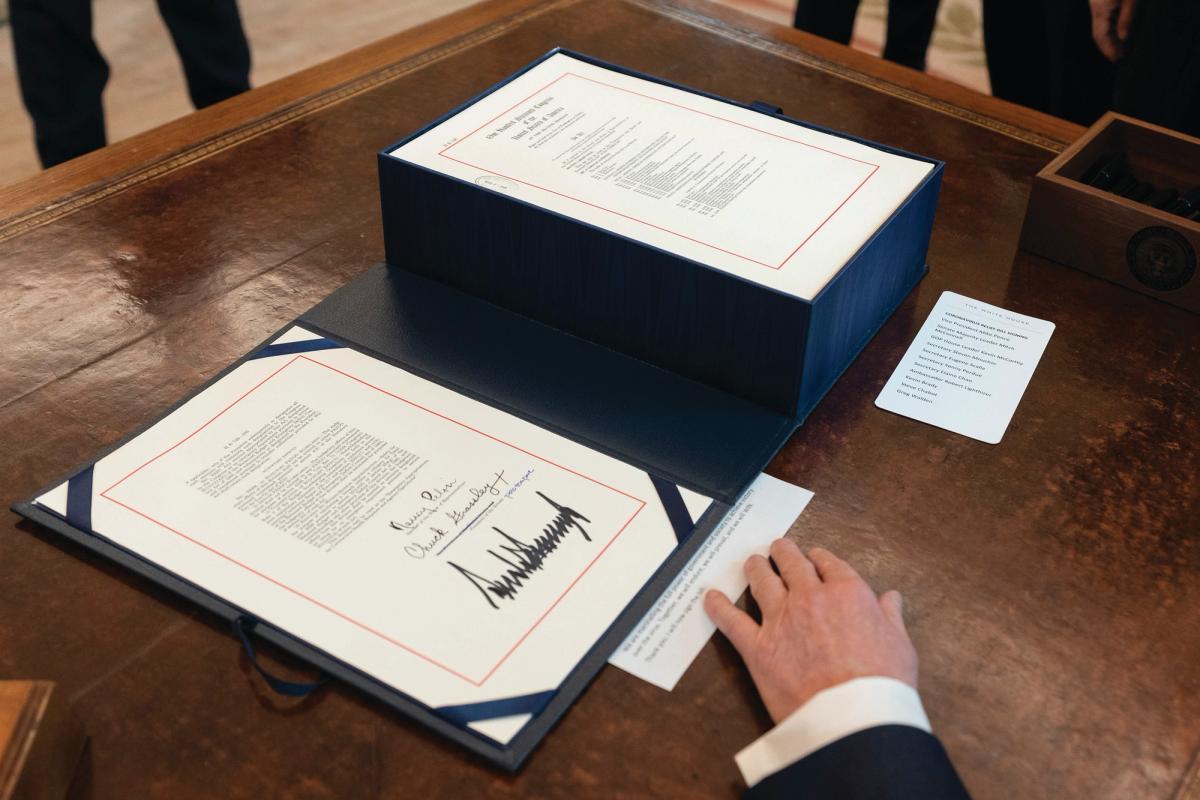Last month, US President Donald Trump signed into law a $2tr stimulus package known as the Coronavirus Aid, Relief, and Economic Security (CARES) Act. Although the American Alliance of Museums and major institutions, including the Metropolitan Museum of Art in New York and the Museum of Fine Arts, Boston, have urged Congress to provide $4bn-$6bn for the country’s besieged museums, the total set aside for the arts was only around $75m each to the National Endowment for the Arts (NEA) and the Humanities (NEH), and $50m to the Institute of Museum and Library Services (IMLS) (see below). With its relief funding, the NEA is switching tack from supporting individual art projects to ensuring that non-profit institutions and organisations are able to reopen. “We want to preserve as many jobs as possible—that’s number one,” says Mary Anne Carter, the chair of the NEA. “At some point the crisis will pass, and we want the nation’s art organisations to still be there to open their doors and welcome the community back in.”
By mid-April, the NEA had awarded almost $30m to arts councils in all 50 states, which will distribute the funds to individual groups. The remaining $45m in relief funding will be handed out through individual $50,000 emergency grants, which can be used for salaries and artist fees, rent, utilities and other operating expenses. To streamline the vetting process, however, only organisations that have received an NEA grant within the past four years are eligible, and preference will be given to programmes that “impact a broad constituency”, according to the agency. Applications opened on 22 April and close on 4 May, and the NEA aims to release the earliest funds by June.
The NEA has some experience in providing aid during disasters, which has helped shape its response today. “The closest example of this unprecedented time would be the financial crisis of 2008 and 2009,” Carter says. “At that time, NEA was appropriated $50m through the American Recovery and Reinvestment Act of 2009. The agency was able to get the money out in less than 20 weeks, and we were able to help preserve 7,000 jobs.” During the previous economic crisis, however, “theatres weren’t closed, dance studios weren’t closed, our arts organisations weren’t closed—they were facing a financial burden but they didn’t have to shut their doors,” Carter adds. “This is different in that regard; the show is not going on because there is no audience.”
Carter notes that “the most difficult decision will be, where’s the money going to go and how much is going to be appropriated?” and adds. “The issue is that everyone is hard hit. Whether you are a two-person arts organisation or a museum with 1,000 employees, no one has been spared here.”
“My biggest fear is that the community will look different because some arts organisations will ultimately have to shut their doors, and many of those organisations might be in rural or otherwise underserved areas, where people already have limited access to arts programming,” Carter says. Her concerns echo those voiced by the American Alliance of Museums, which estimates that, without federal assistance, as many as 30% of the country’s museums may permanently close in the wake of the pandemic.
Such fears are made more pressing by the response arts funding regularly receives from more conservative voices in the government, including in the White House, which has regularly tried to defund the NEA entirely. Nikki Haley, Trump’s former ambassador to the UN, recently criticised the amount set aside for culture as part of the stimulus package, asking on Twitter: “How many more people could have been helped with this money?”
“There’s no question that many people, not only across the nation but across our government, don’t know the economic impact the arts and cultural sector have on the economy,” Carter says, adding that a study by the NEA found that the arts and culture sectors contributed over $877bn to the national economy in 2017—or 4.5% of the country’s GDP. The NEA has even compiled a factsheet that details the economic output and employment opportunities the arts contribute to each of the 50 states. “The arts are almost a trillion-dollar business, and it’s part of our job to get that word out and spread it,” Carter says.


